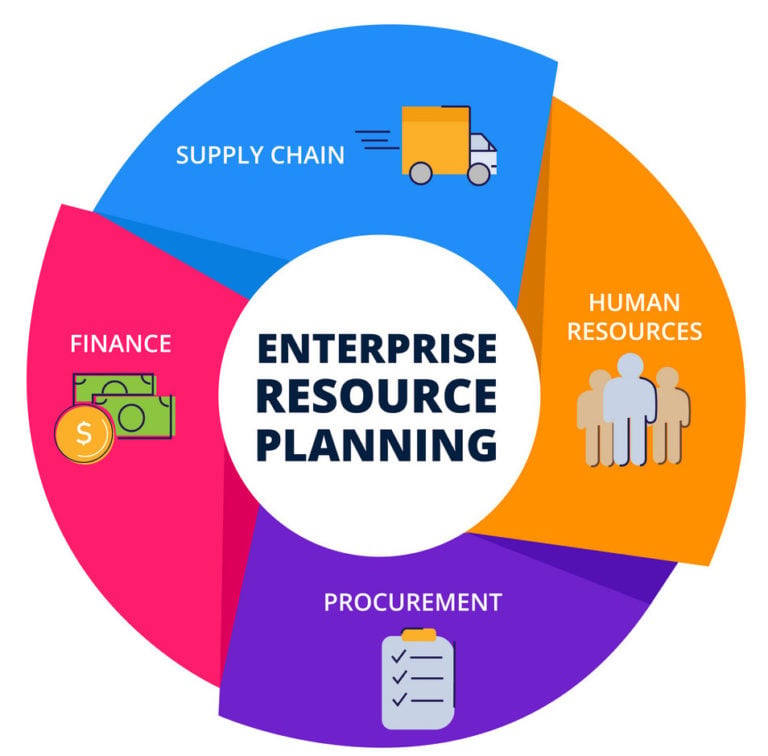As information technology advances and new software is developed, companies are looking for more and more ways to relatively quickly create secure applications and systems that cover all conditions and are easy to test and develop. Through trial and error, an approach has been created that is seen by many organizations as the ideal way to build software.
It’s about Domain Driven Design. What exactly is this approach to software development in the company?
Domain Driven Design (abbreviated name DDD) – what is this approach?
At the very beginning, it is worth defining what exactly the DDD approach is. It is a way of building applications and systems that should basically reflect the needs of the business – business assumptions that at the same time become prerequisites included in the software.
What are the inputs underpinning the DDD method? First of all, the design of any software should be based on equal cooperation between programmers and people directly related to the business, who at the same time are the target consumer of the solution. The second condition for creating systems using the DDD method is the design of the project logic in the form of domains.

What is a domain? In a nutshell, this is a specific area of business that needs to be implemented. An area that needs to be improved with newly created or developed software. Depending on the importance and essence of a particular concept and functionality, we can divide domains into:
- The main domains, which are the most important part of the system and are responsible for the most important functionality.
- Support domains, which are an extension of the main domain – without it, support domains are worthless.
- Common domains, which are important but optional features.
What does DDD consist of?
The process of creating new software based on the principles of Domain Driven Design is somewhat different from the traditional approach to software development, which includes a number of technical issues related to the processing of mechanics, data input and output, communication with the server, database and integration with other tools, used by the organization.
DDD programming consists mainly of domain models (root, sub and general domains) which contain a very basic implementation of the business parameters that should be included in the software. It is very important that the programmer responsible for developing the code thoroughly understands the purpose of creating new software and understands the value that the domain carries. DDD cannot do without defining a language that will allow domain experts and programmers to easily understand that language. For this approach, this language was called the Ubiquitous language.
What difficulties can arise when using the Domain Driven Design approach?
What is the biggest problem with using the DDD method? First of all, it is communication between the business and the technical side. As a general rule, there should always be room in a DDD approach for a domain expert who has in-depth knowledge of the approach and will act as a “compiler” in business and IT communications in their own right.

Due to the relatively small percentage of projects created using the DDD method, it is very difficult to find a person who could take on such a role with full dedication. The lack of experience for programmers in creating using the DDD methodology can also cause additional difficulties.
Advantages and disadvantages of the DDD approach
Let’s start with the benefits of using a Domain Driven Design approach when creating new software. First of all, it’s a great solution for complex projects where the number of features, implementation goals, and different levels is so large that it’s hard to conceptually capture it in a traditional application design. The DDD approach meets the real needs of the business – there is no room for half measures – if the domain is correctly interpreted by the programmer, it will be implemented in full accordance with the needs of the end user. It is also worth noting the relatively low cost of developing the application, which was created in accordance with the DDD approach from the very beginning.
What are the disadvantages of using this technique? The main disadvantage is little practice in using this way of developing new software. Because of this, the start of using a new strategy, from the point of view of the project team, carries the risk of a complete misunderstanding of the concept and, as a result, failure.
The initial production cost of designing and building an application using the DDD methodology is higher, which certainly affects the small percentage of projects that are implemented this way.
How to use DDD in my own project?
In order for DDD to be practical in our project, we must actually start from scratch. It is not possible to partially adopt a Domain Driven Design concept where the rest of the model will be designed in a traditional way. In this case, satisfaction with the final product will be low both from the IT team and from the end user.













